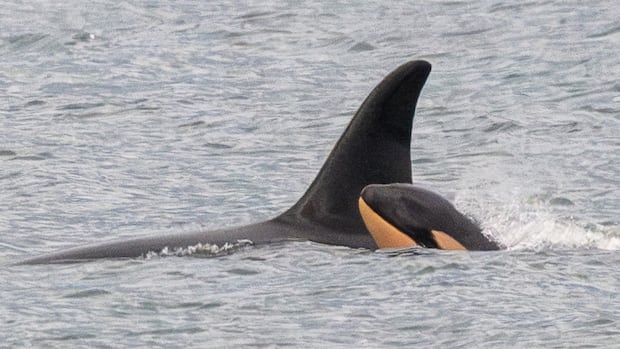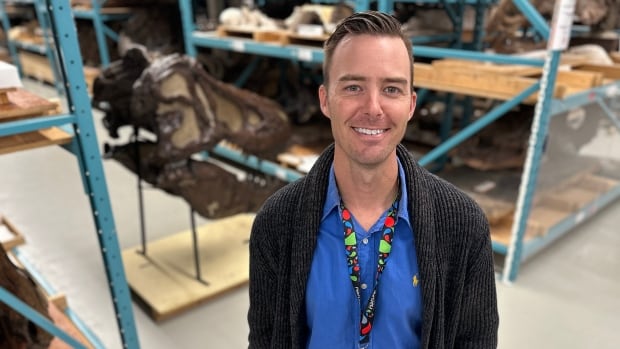A newborn orca calf has been sighted in Puget Sound in Washington state, sparking cautious hope for the endangered southern resident killer whale population.
The Centre for Whale Research (CWR) reported that the calf was spotted on Dec. 20, swimming alongside J35, a female orca known as Tahlequah, from J pod. However, researchers have yet to conduct their first official encounter to confirm the calf’s parentage.
“We don’t know yet for sure that the calf is hers,” said Michael Weiss, research director at CWR. “These whales do babysit … so I really want to get on the water, have some prolonged observations, and some repeated observations to confirm who the calf belongs to.”
J35, or Tahlequah, gained global attention in 2018 when she carried the body of her deceased calf for 17 days, which has since been described as a “tour of grief.” The mother has two other successful calves, J47 and J57.
A fragile milestone
The southern resident killer whales, which inhabit the waters of the Pacific Northwest off the coast of B.C. and Washington state, are listed as endangered under Canada’s Species at Risk Act.
According to the Seattle-based Orca Conservancy, their numbers dropped to just 72 individuals as of November this year — the lowest count since 2020.
The southern resident killer whales are composed of three distinct pods — J Pod, K Pod and L Pod — close-knit, matriarchal family groups.
If you haven’t already seen the news, a brand new calf was spotted in J Pod!
The calf was photographed by Brittany Philbin from a Washington State Ferry and was seen traveling in the echelon position of J35 Tahlequah.
📷 Brittany Philbin pic.twitter.com/u0IgmYQHY0
J pod, which the calf was seen travelling with, consists of only 25 members, says Weiss, noting that every new birth is a significant milestone for this struggling population.
“[It’s] a big deal …that’s increasing the population size by more than a percent every time you get a new calf,” he said.
However, the celebration is tempered by sobering statistics: about half of newborn orca calves don’t survive their first year, Weiss says, and many more perish before researchers can confirm their existence.
The most recent calf born to J pod, J 60, survived less than a month after its birth in December 2023.
“We’re always kind of cautiously optimistic, especially with these very young individuals [because] the mortality rate in that first year of life is very, very high,” said Weiss.
Challenges to survival
Researchers attribute these grim statistics to several factors, including high levels of contaminants passed from mothers to calves during gestation and lactation.
“These whales are some of the most contaminated animals on the planet because they’re so high up the food chain,” Weiss said.
Drone video from the Center for Whale Research and the University of Exeter taken off Pile Point, on the west side of San Juan Island.
“So everything in the marine ecosystem is getting magnified every step up it goes until you get to a killer whale that is just loaded with contaminants,” said the cetacean expert, adding that chemicals like polychlorinated biphenyls (PCBs) accumulate in orca milk and weaken the health of newborn calves.
Another major challenge facing the killer whales is the decline in chinook salmon stocks—their primary food source.
Many chinook salmon stocks in B.C. and Washington state have declined, according to Fisheries and Ocean Canada’s (DFO) latest threat assessment.
Experts say the lack of salmon has increased calf mortality rates, with mothers unable to produce enough nutritious milk for their young.
DFO also cites vessel-related noise that affects the killer whales’ ability to communicate and hunt, in addition to the dangers of vessel strikes.
Despite the odds, conservation groups and researchers have expressed hope that this new calf might beat the statistics.
“We hope this little one inspires people to keep fighting for this population,” the Orca Conservancy said in a post on X, formerly Twitter.
Weiss echoed the sentiment.
“We’re really hoping that this one can beat the odds.”







